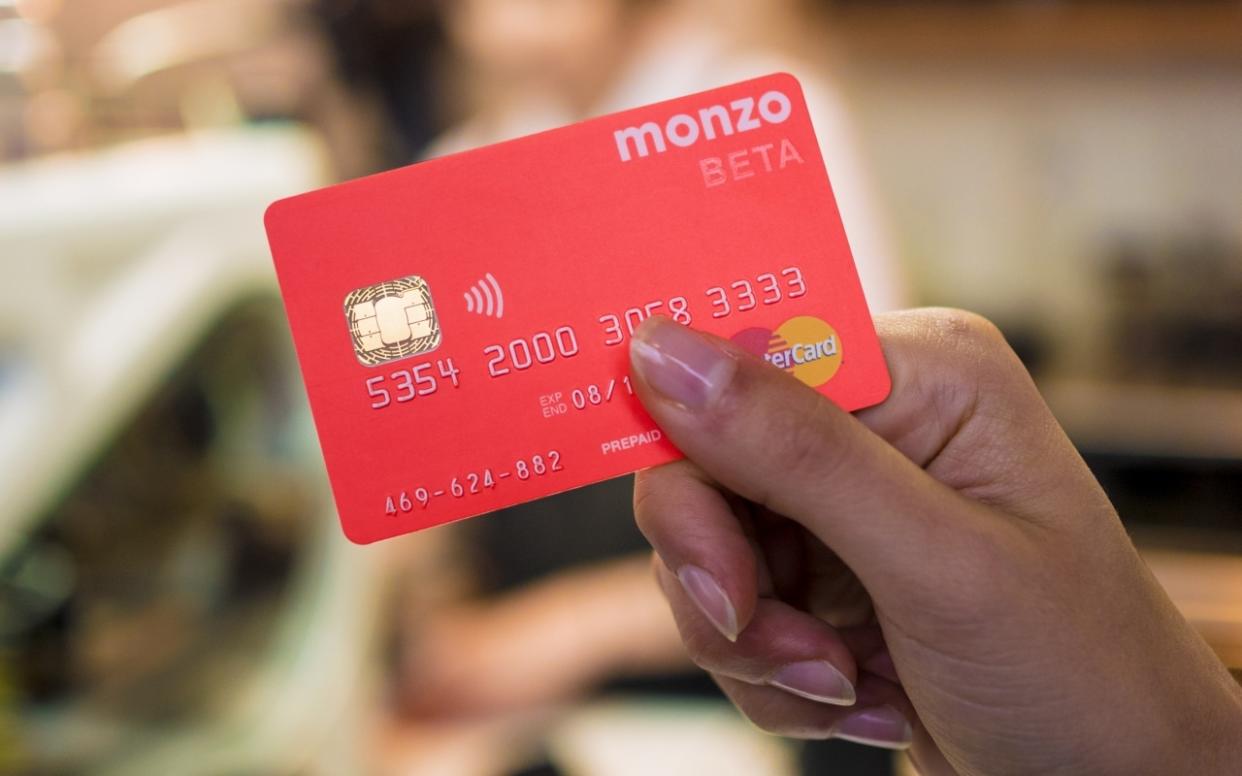Is this the greatest travel accessory you've never heard of?

I’ve tended to be sceptical of pre-paid currency cards – those that have been marketed to travellers as a way of carrying, spending and exchanging money in foreign currencies. They tend to have charges associated with them, and there are annoying decisions to be made about which currency you load onto them.
My argument has been that, even if each transaction costs you a little more, you are better off remaining flexible – using your debit card to withdraw local currency from cash points and, assuming you aren’t paying interest on the balance each month, using your credit card as often as possible when making purchases.
But no longer. A few weeks ago I applied for a Monzo card. It’s a terrible name and, as it happens, the card is a terrible bright pink colour. But I’ve tested it out on trips to Rome and Madrid, and so far it has proved an excellent option.

Monzo is a start-up bank which has built its technology from scratch so that it works seamlessly with a smartphone app, and it uses Mastercard’s international system to clear payments. The app displays your balance and sends you a notification of each transaction almost instantly – though you have to have mobile data or a Wi-Fi signal for this to work. Your balance can be topped up from your current account – again, virtually instantly. And if you lose or misplace the card, you can also “freeze” it immediately, and unfreeze it when you find it again. If lost, Monzo says it dispatches a replacement in the post on the same day.
Travel advice: the best flight comparison websites
It has also proved significantly cheaper than using my normal bank cards. In Rome last month I made two withdrawals of €100 from a cash machine using the cards, one immediately after the other. Using my Monzo card, the app immediately showed a provisional debit of £86.78, which was later revised down to £85.84. Using my First Direct current account card, which uses the Visa system, I was charged £85.98. First Direct also billed me a 2.75 per cent “non-Sterling fee” of £2.36, and an ATM charge of £1.75. In all it worked out nearly five per cent more expensive than the Monzo card.
Other transactions – at restaurants, hotels etc – paid for on my First Direct credit card were not subject to the ATM fee, but did attract the 2.75 per cent charge. When I used my Monzo card to buy things, however, there was no such charge.
In short, it very quickly became clear that it would be pointless and expensive to continue using my First Direct cards while I’m travelling.
So how does Monzo expect to make money when it doesn’t profit from exchange rates or charges? A spokesman told me that the bank, which has recently been granted an unrestricted banking licence, planned to launch a fully fledged current account by the end of this year, and that it would make money on services such as overdrafts. Existing cards will be upgraded to offer other facilities such as direct debits and standing orders, but, I’m assured, the “near-perfect” exchange rates will remain an integral part of the offering.
Note that until a fully fledged current account is launched, the money on your card is not protected by the government’s official Financial Services Compensation Scheme. But balances are held by a third-party bank, and so the risk of loss is low. In any case, you can easily control the amount of money on your card and keep it to a minimum.
The secrets to saving money on your holiday hire car (advice)


